Ceylon Cinnamon: The Spice Detective’s Guide to Its Origins and Secrets
Table of Contents
- A Brief Introduction to the King of Spices
- Where Does Ceylon Cinnamon Come From? A Historical Deep Dive
- Real vs. Fake: How to Spot Authentic Ceylon Cinnamon
- From Kitchen to Medicine Cabinet: Culinary and Health Uses
- Buying Tips: What to Look for When Purchasing Ceylon Cinnamon
- Fun Facts You Never Knew About This Ancient Spice
- Conclusion: Embrace the Real Deal
A Brief Introduction to the King of Spices
If spices had royalty, Ceylon cinnamon would be sitting on the throne with a tiara made of quills (the good kind, not the chicken kind). Known as "true cinnamon," this delicate, aromatic bark has been prized for centuries — long before Instagram influencers started posting #spiceporn pictures.
But where does Ceylon cinnamon come from? Spoiler alert: it’s not just any random tree in your backyard. It’s got heritage, flavor, and a whole lot of history packed into every curl. Let’s take a spicy trip down memory lane and uncover everything you ever wanted to know about this exotic treasure.
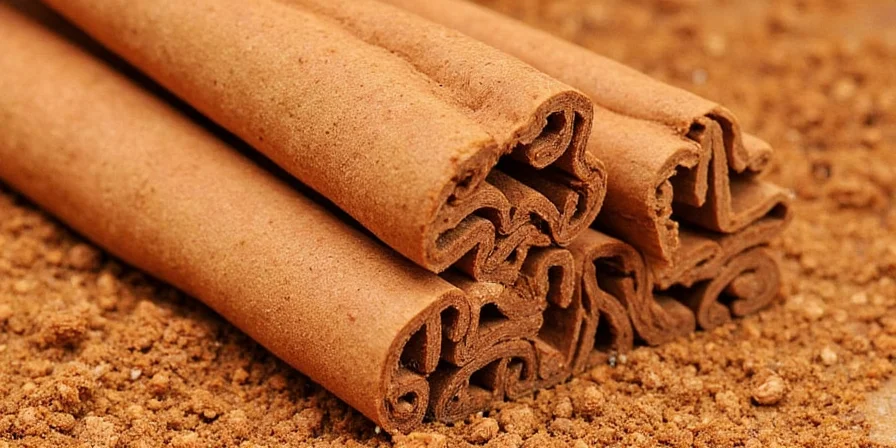
Where Does Ceylon Cinnamon Come From? A Historical Deep Dive
The answer to the burning question “where does Ceylon cinnamon come from?” is more than just a location — it’s a tale wrapped in mystery, trade wars, and colonial spice politics.
The Island Paradise: Sri Lanka, Land of True Cinnamon
Ceylon cinnamon originates from none other than the teardrop-shaped island nation of Sri Lanka, once known as Ceylon — hence the name. For over 2,000 years, this lush tropical paradise was the world’s main source of real cinnamon. And guess what? It still is.
The tree responsible for this golden bark is the Cinnamomum verum, or sometimes called Cinnamomum zeylanicum. The word “zeylanicum” is derived from the old Latin name for Sri Lanka — Zeilan.
| Spice | Main Source | Scientific Name | Flavor Profile |
|---|---|---|---|
| Ceylon Cinnamon | Sri Lanka | Cinnamomum verum | Mild, sweet, complex |
| Cassia Cinnamon | China, Indonesia, Vietnam | Cinnamomum cassia | Strong, spicy, slightly bitter |
From Ancient Trade Routes to Colonial Takeovers
Long before Columbus set sail, ancient Egyptians were using cinnamon in embalming. Greek traders were smuggling it from Arabia, pretending it came from bird nests — yes, seriously! By the Middle Ages, Venetian merchants controlled the European cinnamon market like modern-day monopolists.
In the 1500s, the Portuguese arrived in Sri Lanka and tried to claim cinnamon lands, followed by the Dutch and British. Each empire fought fiercely for control of the spice. Imagine that — a cinnamon war!
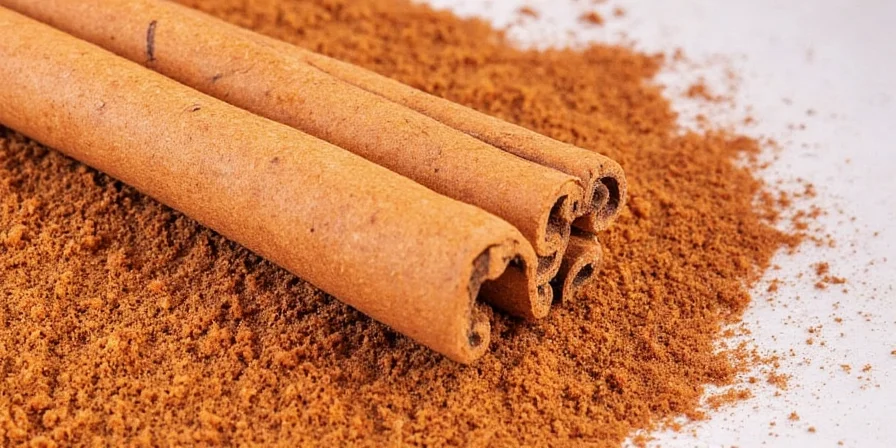
Real vs. Fake: How to Spot Authentic Ceylon Cinnamon
Here’s the cold, hard truth: most cinnamon you buy in supermarkets isn’t Ceylon. It’s the cheaper, more common cousin — Cassia cinnamon. While not evil, it lacks the refined taste and health benefits of the real deal.
Spotting the Differences
- Appearance: Ceylon cinnamon sticks are thin, papery, and multilayered like a cigar roll. Cassia sticks are thick, rough, and often sold as single rolls.
- Taste: Ceylon is smooth, floral, and subtly sweet. Cassia is stronger, spicier, and sometimes even bitter.
- Smell: Crush a bit between your fingers. If it smells warm, gentle, and bakery-like, it’s likely Ceylon.

Check the Label
If the label says simply “cinnamon,” assume it’s Cassia. Look for “Ceylon cinnamon,” “True cinnamon,” or “Cinnamomum verum.”
From Kitchen to Medicine Cabinet: Culinary and Health Uses
Ceylon cinnamon isn’t just for sprinkling on toast (though we highly recommend that). It’s versatile enough to grace both savory dishes and sweet treats — plus, it’s got some serious health street cred.
Kitchen Magic
- Add to baked goods for a mellow, complex sweetness
- Infuse in milk for creamy rice pudding or chai tea
- Use in spice rubs for chicken or lamb in Middle Eastern cuisine
- Pair with chocolate or coffee for an exotic flavor boost
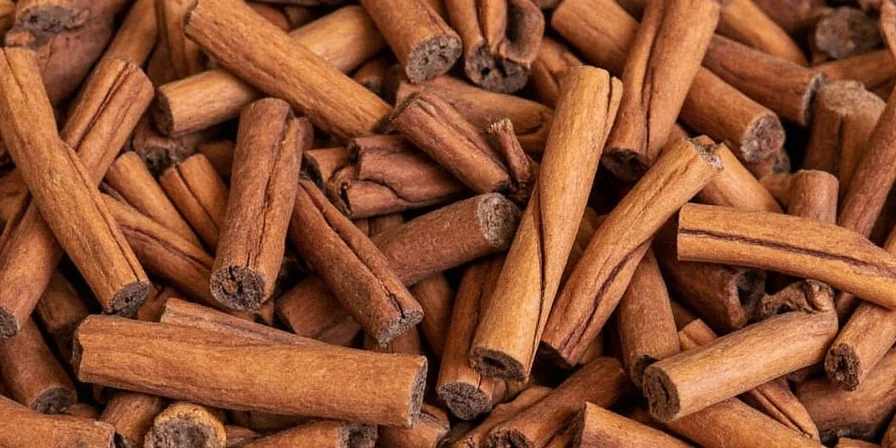
Health Benefits
Studies suggest that Ceylon cinnamon may help regulate blood sugar, fight inflammation, and support heart health — unlike its cousin Cassia, which contains high levels of coumarin (a potential liver toxin when consumed in large amounts).
Buying Tips: What to Look for When Purchasing Ceylon Cinnamon
You wouldn’t buy a Ferrari and expect it to sound like a lawnmower, right? Same logic applies to cinnamon. Here’s how to get the real stuff without getting hoodwinked:
- Check the origin: If it doesn’t say Sri Lanka or Ceylon on the package, ask questions.
- Look at the form: Sticks should be thin and layered. Powder should smell delicate and fragrant.
- Read ingredient lists: Avoid additives like fillers, preservatives, or “natural flavors” — especially with spices.
- Price point: Real Ceylon cinnamon costs more than Cassia. If it seems too cheap, it probably is.
- Buy from reputable sources: Specialty spice shops, organic markets, or online stores with transparency in sourcing are your best bet.
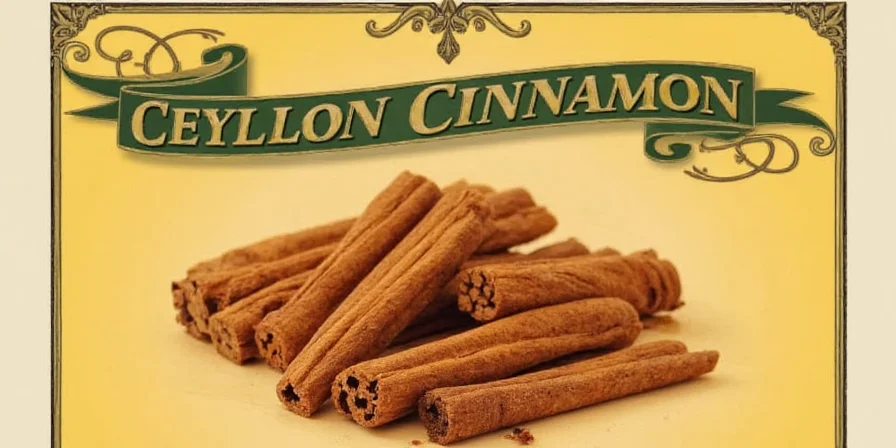
Fun Facts You Never Knew About This Ancient Spice
- Used as currency: In ancient Egypt, cinnamon was so valuable it was used as offerings to gods and pharaohs.
- Love potion? In medieval times, cinnamon was believed to enhance romantic feelings and was often included in love spells.
- Cinnamon toothpaste: Some traditional cultures used cinnamon oil as a natural antiseptic for oral hygiene — basically, the first breath mints.
- Royal approval: Queen Elizabeth I allegedly loved cinnamon so much she banned others from wearing it unless approved by her court.
- Bug repellent: Cinnamon essential oil has been shown to repel mosquitoes and ants. So, next time you’re having a picnic in the tropics… maybe bring a few sticks?
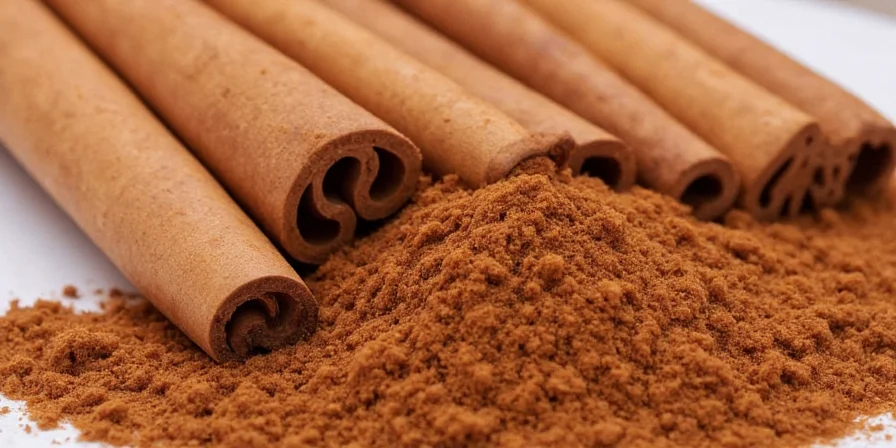
Conclusion: Embrace the Real Deal
So, where does Ceylon cinnamon come from? Sri Lanka, baby! But it’s more than just geography — it’s history, culture, flavor, and tradition wrapped in a cinnamon stick. Whether you're baking cookies, brewing tea, or just want to feel fancy while stirring oatmeal, real Ceylon cinnamon elevates your culinary game.
Don’t settle for impostors. Learn to spot the difference, invest in quality, and savor the subtleties of the true spice king. After all, if you’re going to add a little magic to your food — why not make it authentic?
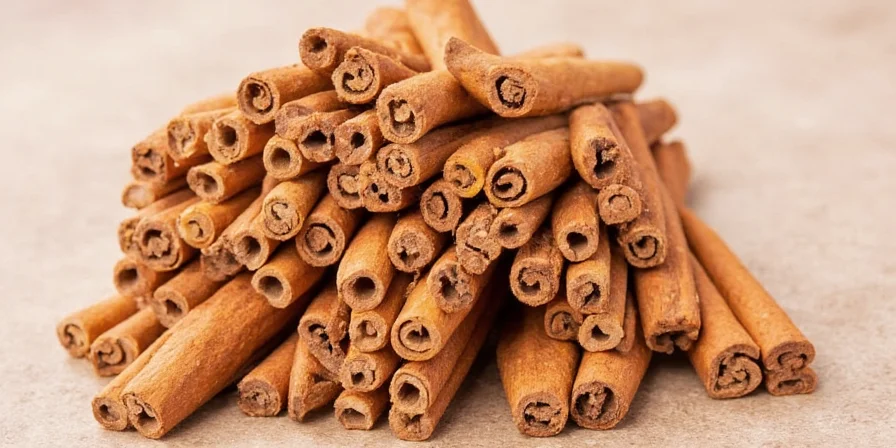

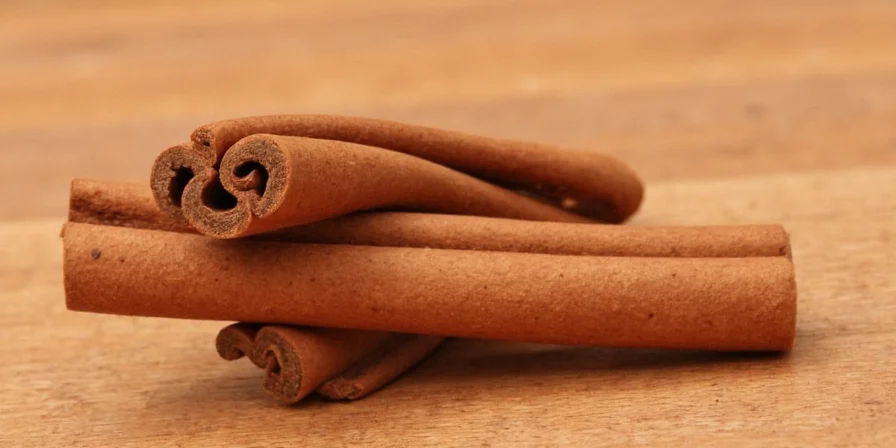









 浙公网安备
33010002000092号
浙公网安备
33010002000092号 浙B2-20120091-4
浙B2-20120091-4